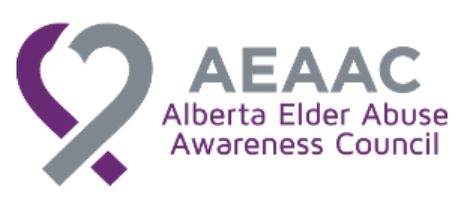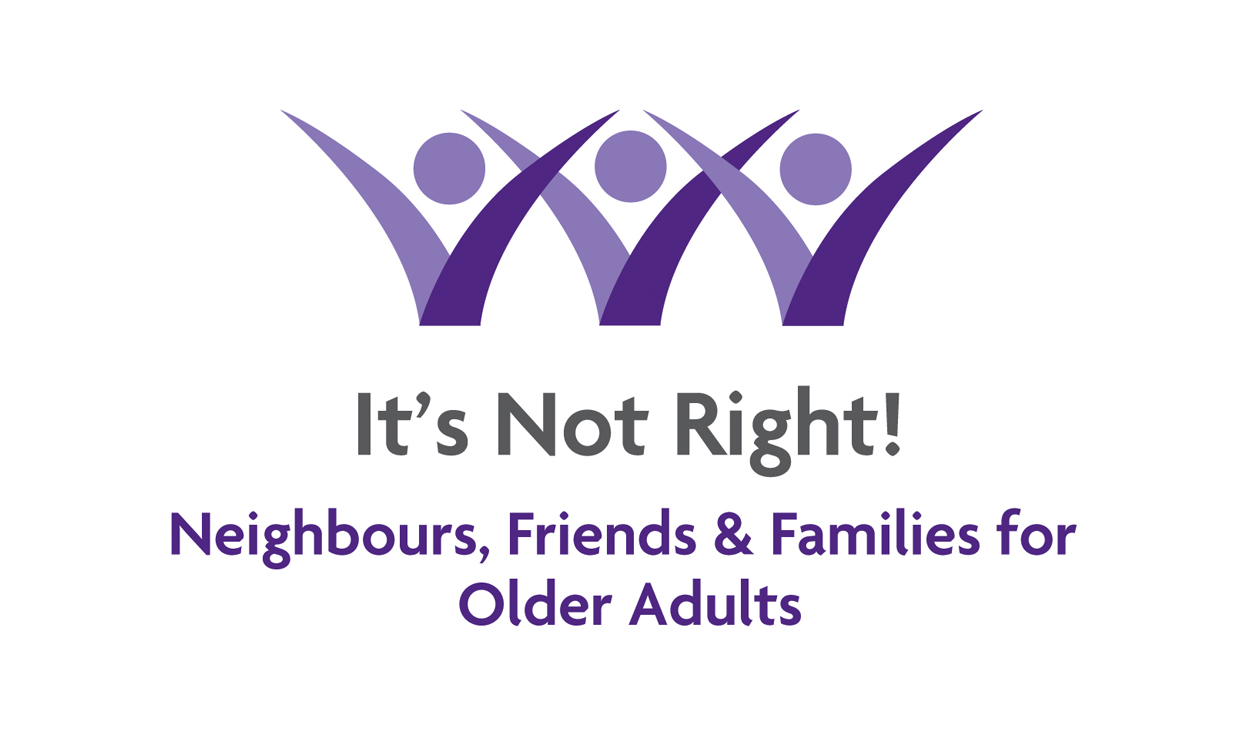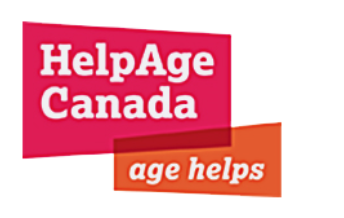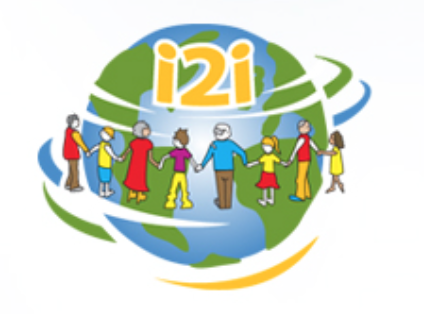Blog
- Details
Interview with Betty Cornelius, Founder of CanGrands
18 years ago, Betty Cornelius became the custodian of her granddaughter to protect her from her substance-abusing parents. Betty quickly came to the realization that many grandparents find themselves in similar complex situations every day and are in need of guidance. These seniors often face physical or verbal threats from their own children, along with the challenges of raising a grandchild. This is how CanGrands National Kinship Support was born. CanGrands is a national grass-roots organization dedicated to the advocacy and support of grandparents and relatives raising grandchildren. What started with an ad in the Oshawa newspaper and a rented community hall has evolved into a national association with 25 chapters across the country (3 new chapters are in the startup process) and a yearly intergenerational kinship camp.
- Details
Save the Date
Wednesday September 23, 2015
1pm to 2pm (EST)
Join us for our Annual General Meeting
DOCUMENTS FOR THE ANNUAL GENERAL MEETING:
2015 AGM Annual report
Audited financial statement
Candidates' biographies
Report on the Knowledge-Sharing Project
To register for the AGM, please contact
Kelly Heisz
709) 737-5904 ext. 209
UPDATE:
Log-in information and call numbers for the AGM today.
Please join the meeting from your computer, tablet or smartphone.
https://global.gotomeeting.com/join/400871077
You can also dial in using your phone.
Canada (Toll-free): 1 888 455 1389 FREE
Canada +1 (647) 497-9353
Access Code: 400-871-077
The CNPEA is looking to fill 3 positions on its pan Canadian Board. We are looking for candidates who are committed to supporting the prevention of elder abuse in Canada and eager to provide leadership to this growing network of elder abuse professionals.
- Details
By Heather Campbell
Many factors influence our health and well-being. Most often, we think of individual factors such as family history or our personal decisions about smoking, diet, exercising and alcohol consumption. Increasingly, however, there is a growing focus on the societal factors that shape our health. According to the Canadian Council on Social Determinants of Health, these societal conditions “include the work we do, our level of education, our income, where we live, the quality of our experiences when we are children and the physical environment that surrounds us.”
- Details
By Margaret Easton
(The Meridian Aging Project)
Heather Campbell’s recent blog post (August 2015) discusses the development of a National Seniors’ Strategy for Canada, and strongly suggests that the foundation of a viable strategy must include a view of older adults as rights-bearing citizens deserving of dignity. I strongly support her position and in this post I want to share a number of important and intriguing results that appeared in a recent study (July 2015) completed by Michael North and Susan Fiske that I believe provide strong empirical evidence in support of Ms. Campbell’s recommendations.
- Details
By Dr. Claire Robson
Older lesbian, gay, bisexual, and transgender (LGBT) adults are often an invisible population, as stigma and isolation keep them ‘stuck in the closet'. They may be at increased risk for elder abuse, neglect, and exploitation, since research shows that they are more likely to live alone, less likely to be partnered, and less likely to have children, or if they do, to find them supportive. If LGBT individuals do experience abuse, shame and a desire to be seen as ‘normal’ may make them reluctant to report it. Our project addresses these concerns in an innovative way: an intergenerational arts project and collaboration between LGBT elders and youth to raise societal awareness of LGBT elder abuse, and provide information about services.
Page 48 of 55

















